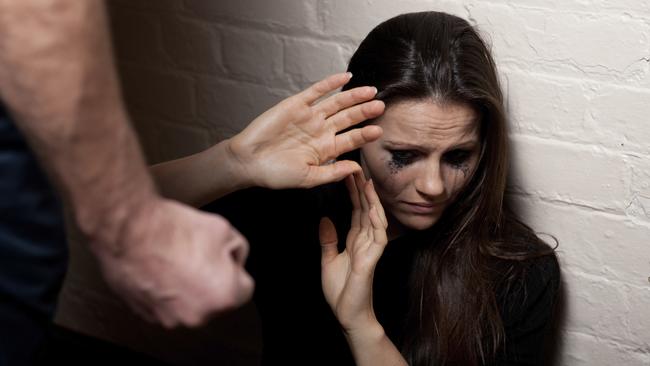Domestic violence IS a gender issue. Stop ignoring the evidence
When it comes to fact-based evidence, it’s amazing how many people reject it to fit their own beliefs. This is the case when it comes to domestic violence.

Rendezview
Don't miss out on the headlines from Rendezview. Followed categories will be added to My News.
When it comes to evidence, it’s amazing how many people make a habit of rejecting it to fit their own beliefs.
People once rejected the evidence that the earth revolves around the sun.
People once rejected the evidence that linked smoking tobacco to lung cancer.
When it comes to violence against women and their children, although there is no single cause, the latest international evidence shows certain factors consistently predict higher levels of violence against women. Along with stereotypical gender roles, relations and identities, these factors include disrespect for women, unequal or controlling relationships and low support for gender equality.
It is this evidence that supports a gendered approach to tackling violence against women and their children, not some ideological desire to “hijack the debate”. I encourage those suggesting otherwise to return to the evidence.
And there is plenty of evidence — not only in the research literature but in the experiences and testimonies of those tireless workers and support services who have been on the frontline of this problem for decades.
When it comes to alcohol in particular, Our Watch has repeatedly acknowledged that the harmful use of alcohol is one of a range of factors that can increase the probability, frequency or severity of violence against women and their children. But put simply, the evidence shows that alcohol exacerbates violence against women, or acts as a “trigger”, rather than being the underlying cause of this violence.
Nevertheless, because of the role that harmful alcohol use plays in relation to violence, we of course strongly support — and publicly call for — greater attention to this issue, and stronger harm minimisation measures. We did exactly this in our recent submission to the Victorian Government’s review of its liquor control legislation.
What Our Watch rejects, is any simplistic suggestion that alcohol “causes” violence against women.
We reject this because it contradicts the most current evidence.
We reject this because it is an unsophisticated narrative that can inadvertently excuse such violence, which only further adds to a culture which regularly excuses, trivialises or condones violence against women.

What we do know is that the one thing that is never absent from an act of violence against women is a perpetrator with a sense of entitlement — and the power — to be violent.
Further, we know a gendered approach to tackling this issue makes sense, because of the highly gendered patterns in the data. Violent crime is predominantly committed by men, sexual crimes are predominantly committed against women, and both men and women are almost equally victims of physical assaults which are almost always committed by men.
For example 165 people were killed by a current or former partner in NSW between 2000 and 2012. Of these:
— 129 or 78 per cent of victims were women
— 134 of the perpetrators were male
— Of the 36 men killed, 31 were killed by a current or former female intimate partner and five were killed by a current or former male partner. Almost all of the men killed had been the abuser in the relationship. There were no cases where a woman had been a domestic violence abuser who killed a male victim.
The simple fact is that we have a problem with male violence in this country.
This is not to suggest that all men are violent. Of course they are not. And of course violence occurs within a range of different relationships, and sometimes involves male victims.
All Our Watch’s material acknowledges these many complexities.
But the research, statistics and evidence all tell us that across society, violence in relationships is a highly gendered phenomenon, one that is overwhelmingly perpetrated by men against women.
We must look past the overly simplistic headlines about the need to “blame booze”, and we must consider the full extent of the evidence on domestic violence. When we do so, one conclusion becomes clear, and that is that the huge social problem of domestic violence in our community is one that has gender inequality at its core.
Yes, the issue is complex and many other factors — such as the impact of alcohol — are sometimes relevant. We acknowledge this and we actively support multidimensional efforts to tackle all such factors.
But in listening to the evidence, we also hold strongly that promoting gender equality must remain at the heart of the solution to Australia’s devastating rates of violence against women.
Mary Barry is the CEO of Our Watch


